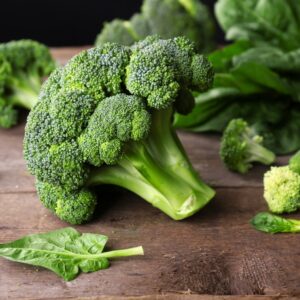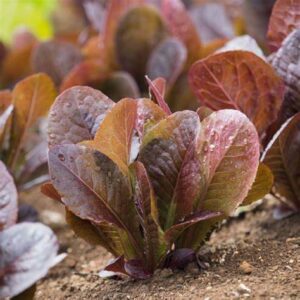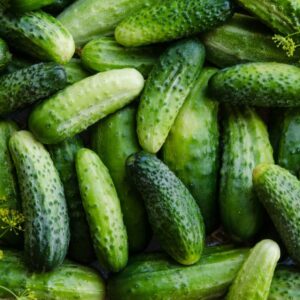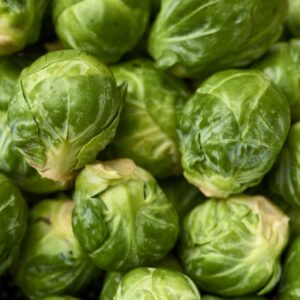Start by sowing the seeds directly outdoors; transplanting from indoors can cause weak and crooked roots. Plant the seeds 1/2 inch deep in sandy soil, as soon as it can be worked. The soil should have a temperature of 55-75° F and a pH level of 6 to 7. You will want to leave 1-2 inches between the plants and 8-24 inches between rows. While growing, the crops will need 1 inch of water each week. After about 70 days, the Danvers 126 carrots will be ready to be harvested. If you would like to make picking the roots easier, you can soak their bed with water when it’s time to harvest.
Benefits of carrots (food is medicine!):
- Carrots were one of the vegetables examined in recent research on foods rich in beta-carotene and bone health. More specifically, intake of yellow, orange and green vegetables was evaluated to see if greater intake was related to greater bone mass. Interestingly, participants who ate at least one serving per day of yellow, orange or green vegetables, had healthier bone mass than participants who ate less than one serving per day. In addition, participants who ate less than one serving per day, actually had bone mass at a level that could put them at risk for bone-related health problems. What was most striking to us about this study was the relatively small amount of yellow/green vegetables associated with bone-health benefits. Through this research, we were reminded about how much can be accomplished with relatively small changes in a meal plan, especially changes that incorporate foods as rich in beta-carotene as carrots.
- Many people are familiar with a whitish type coating that can form on peeled carrots (especially baby carrots), called “white blush.” A recent study has helped us understand why this “white blush” occurs. When carrots are peeled, the process of peeling takes away the outermost protective layer of the carrot root. Without this outermost protective layer, the carrot has more difficulty retaining its full degree of moisture and becomes more easily dehydrated. This dehydration sets the stage for the “white blush” that we see. In addition, to help protect itself from damage following the loss of its outermost layer, the carrot may create a new protective layer of phenols, and this new phenol-based layer contributes to the appearance of “white blush.” Once re-immersed in water, however, the carrot cells can absorb some of the moisture that has been lost after peeling, and this rehydration of the carrot can also help restore its orange color. While we have yet to see research showing increased health benefits from the peeling of carrots, we like knowing that the “white blush” on carrots reflects a natural response to dehydration and the synthesis of phenolic substances, rather being than a cause for concern.
- Throughout our website, we recommend selection of certified organic foods as a way to reduce the risk of unwanted contaminants and increase the chances for nutrient richness. A recent study comparing conventional versus organically grown carrots, has added to the evidence for greater nutrient richness from organic growing methods. In this study, levels of carotenoids, phenols, and vitamin C, were compared in organic versus non-organic carrots. Greater amounts were observed in the organic carrots.
- Carrots are a vegetable commonly enjoyed in both raw and cooked form. While we like the idea of both raw and cooked carrots in a healthy meal plan, we were also glad to see a new study on the impact of cooking out minerals in carrots. In this study, one of the methods chosen for cooking was a relatively short steaming time of 6-7 minutes. Our Quick Steaming method for carrots uses this same approach to carrot cooking with a somewhat shorter period of time (5 minutes). Six different minerals (potassium, phosphorus, iron, zinc, magnesium, and calcium) were evaluated in this study, and the average mineral loss for all six was less than 25% after 6-7 minutes of steaming. (Since our Quick Steaming time is somewhat shorter, we would also expect a somewhat lower percentage if our 5-minute cooking time was used.) We like the idea of retaining over 75% of these carrot minerals when carrots are steamed. For people who greatly prefer cooked over raw carrots, this level of mineral retention makes the consumption of quick-steamed carrots highly worthwhile.






